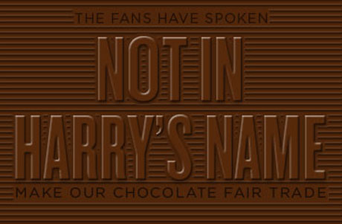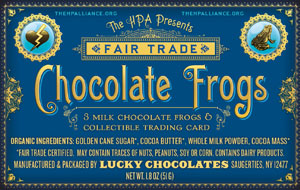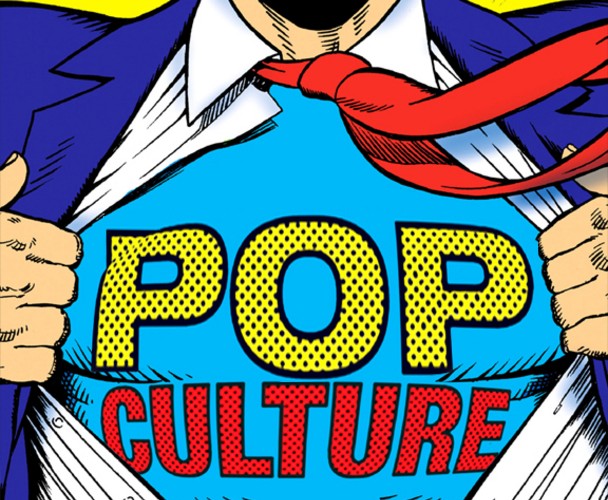This two part case study will investigate the topic of fan activism as a component of global media and explore some of the inequalities fan activist initiatives are trying to address, as well as discussing how they are addressing them through global media interventions.
PART ONE
So what exactly is fan activism? Henry Jenkins who is said to have coined the term, describes it as;
“Fan activism refers to forms of civic engagement and political participation that emerge from within fan culture itself, often in response to the shared interests of fans, often conducted through the infrastructure of existing fan practices and relationships, and often framed through metaphors drawn from popular and participatory culture.” – (Jenkins, 2012)
In other words, fan communities and groups are utilising popular culture and aspects of popular culture to assist in activist movements across the world. These movements can be associated wholly with the fandom, such as about what is occurring on a television show, or movie franchise, though increasingly we are seeing a shift towards fan groups taking similar methods to real world political and social issues and addressing inequalities in these areas. Brough and Shresthova explain that through this extended engagement and appropriation of popular culture content, fans are finding new and creative ways to expand their activist communities, encourage action and spark change and conversation about issues around us (Brough and Shresthova, 2012).
Evidently fan activism takes on many mobilisations, which as Jenkins explains can vary from; promoting fan community interests (lobbying to prevent series cancellation), struggles on representation and commenting on public policies. All embody a fandom’s communication and social network infrastructure, deploy fictional content, rituals, practices and rhetoric to encourage participation (Jenkins, 2012).
Addressing inequalities? Fan activist initiatives are often aimed at addressing inequalities throughout the world. A prominent example of this is the well-known fan activist group theHarry Potter Alliance (HPA) that “currently has more than 100,000 members across the world” (Jenkins, 2012, p. 3.1). The group uses the fandom of Harry Potter but also campaigns for other fandoms to get involved in activist movements. Co-founder Andrew Slack explains;
“By translating some of the world’s most pressing issues into the framework of Harry Potter, [the Harry Potter Alliance] makes activism something easier to grasp and less intimidating. Often we show them fun and accessible ways that they can take action and express their passion to make the world better…” – Andrew Slack, Harry Potter Alliance (Jenkins, 2012)
Some of inequalities HPA try to address include; access to education and literacy tools, racism and human rights issues like child slavery, among many others. Issues like these can seem foreign to some people, which in many cases can mean a lack of action or involvement in aiding such issues. Fan activist initiatives like HPA see this and combat this problem by focusing on popular culture references, in their case the Harry Potter franchise, to engage and encourage involvement. In doing so HPA utilise avenues of global media to further their fan communities and member engagement; such as their website, YouTube page and Facebook groups, frequently posting updates, and news across them.

The active use of popular culture means that the issues they are addressing can be easily understood as they are being related to pop culture ideas, like the campaigns; ‘Neville Fights Back’:against white supremacy in the US, and ‘Not in Harry’s Name’:against child slavery. This essentially allows a greater involvement, especially among younger generations, as Jenkins explains ” …young people who have grown up reading the books…helping them find a path toward political engagement” (Jenkins, 2012, p. 6.1).

In part two of this case study, we will go further into discussing how the Harry Potter Alliance are addressing issues of inequality,through various campaigns and interventions, in particular the ‘Not in Harry’s Name’ campaign.
PART TWO
In this section of the case study we will delve into the global media interventions of the Harry Potter Alliance in overcoming inequality, looking at the human rights issue of child slavery in the production of Harry Potter products and the ‘Not in Harry’s Name’ campaign.
The intervention
As we saw in part one, the Harry Potter Alliance employs many interventions, initiatives and campaigns in attempts to combat inequalities, one of their well known ones is the ‘Not in Harry’s Name’ campaign. This campaign began in 2008 after the Harry Potter Alliance and fans learnt that “Warner Bros. Harry Potter branded chocolate was being sourced from child slavery” (The Harry Potter Alliance, 2015), the Harry Potter branded confectionery was using non fair trade cocoa. They found that the working conditions where the merchandise was being produced violated human rights, and that a product aimed at children, was actively exploiting children. This justifiably sparked outrage and inspired action from fans the world over. This video from HPA explains further and outlines the response:
(The Harry Potter Alliance, 2015)
Child slavery (“the enforced exploitation of a child for their labour for someone else’s gain” (Anti-Slavery International, 2017)), is a serious issue of inequality in the world today, with an estimated five million children in slavery worldwide (Anti-Slavery International, 2017). This is often accompanied by other larger issues such as poverty and corruption.

The campaign aligns with the ‘Not in Harry’s Name’ slogan, representative of something Harry himself wouldn’t stand for. Many of the HPA initiatives are set up to parallel to the morals present throughout the franchise, like Dumbledore’s Army, the ‘activist’ group that Harry and his friends form to stand up for what’s good. The ‘Not in Harry’s Name’ campaign also metaphorically works alongside the activism against ‘elf slavery‘ that Hermione begins campaigning against in the fourth Harry Potter book, what Jenkins calls “metaphors for making sense of contemporary issues” (Jenkins, 2012, p.1.7).

The outcome
Working with other organisations like Freedom United , the Harry Potter Alliance took action,”collecting 400,000 petition signatures, with supporters taking to social media leaving 50,000 reviews and comments raising their concerns” (FreedomUnited.org. 2017). We can see this in the above video, particularly through the engagement via Youtube videos and “howlers”. After years of campaigning, Warner Bros. listened and changed the way they operate, with Harry Potter chocolate now officially Fairtrade or Utz certified, meaning it is ethically sourced and produced.


The Harry Potter Alliance, as Jenkins explains, “is not defined around a single mission: rather, it embraces a flexible framework… enabling it to respond quickly to any crisis or opportunity…”(Jenkins, 2012, p. 3.4). They continue to produce campaigns and interventions for real world concerns (Jenkins, 2012, p.1.7), in-sighting change, action, conversations and awareness.
The overall aim of this case study was to give an insight into what fan activism is by showcasing the Harry Potter Alliance and exploring how they use global media interventions to inflict positive change and provide solutions to global issues and inequalities. We can see through the case study that it is evident their interventions are very successful. Overall the group work cooperatively and productively to alleviate global inequalities, all the while engaging with the Harry Potter fandom in a positive way. Based on their successful past and ability to keep up with current issues, it is clear that the Harry Potter Alliance will continue to work as a successful fan activist initiative in the long run. Their active following and continual growth will potentially mean they will have the ability to reach more issues and inequalities across the world.

REFERENCES
Anti-Slavery International. (2017). Child slavery: what is it? – Anti-Slavery International. [online] Available at: https://www.antislavery.org/slavery-today/child-slavery/ [Accessed Aug. 2017].
Brough, M. and Shresthova, S. (2012). Fandom meets activism: Rethinking civic and political participation. Transformative Works and Cultures, [online] 10. Available at: http://journal.transformativeworks.org/index.php/twc/article/view/303/265 [Accessed Aug. 2017].
FreedomUnited.org. (2017). Child Slavery in Chocolate Supply Chains – FreedomUnited.org. [online] Available at: https://www.freedomunited.org/our-impact/harry-potter-chocolates/ [Accessed Aug. 2017].
Jenkins, H. (2012). “Cultural acupuncture”: Fan activism and the Harry Potter Alliance. Transformative Works and Cultures, [online] 10. Available at: http://journal.transformativeworks.org/index.php/twc/article/view/305/259 [Accessed Aug. 2017].
Storify. (2014). Not in Harry’s Name: A History (with images, tweet) · TheHPAlliance. [online] Available at: https://storify.com/TheHPAlliance/nihn-a-history [Accessed Aug. 2017].
The Harry Potter Alliance. (2015). Not In Harry’s Name. [online] Available at: http://www.thehpalliance.org/success_stories_nihn [Accessed Aug. 2017].
The Harry Potter Alliance (2015). Harry Potter Fans Win Against Child Slavery. Available at: https://www.youtube.com/watch?v=7OT7MiwuN3I [Accessed Aug. 2017].

